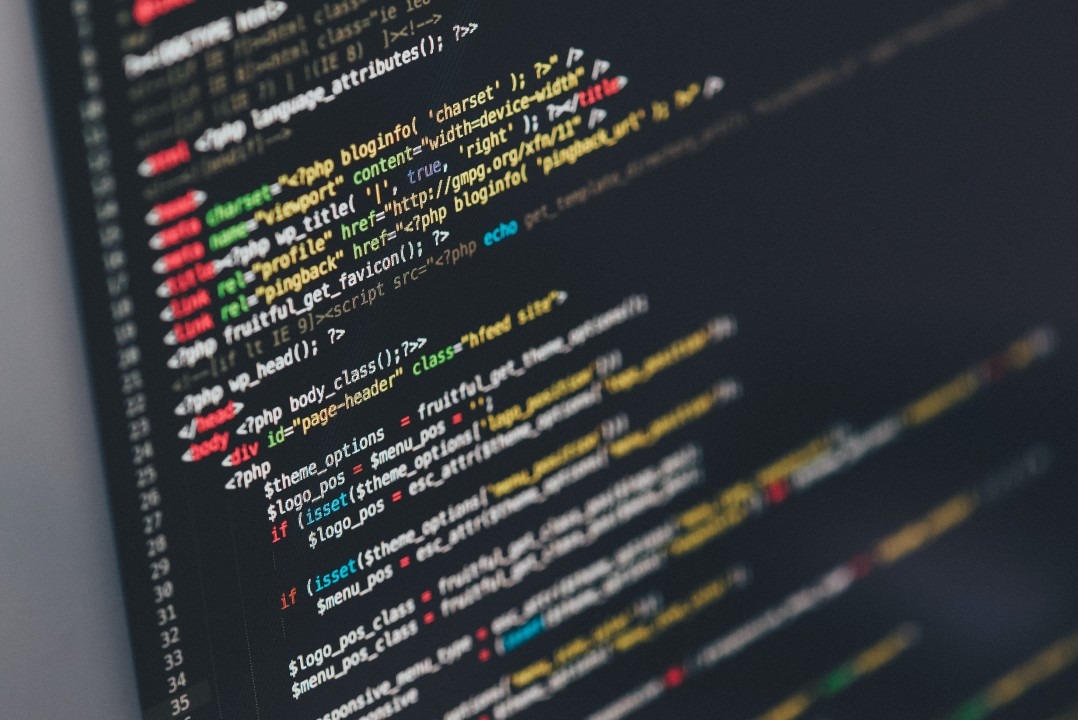Writing secure code is a critical aspect of software development in today’s digital landscape, where cyber threats are increasingly sophisticated and prevalent. Secure coding practices play a pivotal role in mitigating vulnerabilities and defending against various forms of exploitation and attacks. This article explores essential techniques and guidelines for writing code that resists exploitation, safeguarding software applications and systems from potential security breaches.
Understanding the Importance of Secure Coding Practices
Secure coding practices are a set of guidelines, principles, and techniques aimed at developing software that is robust, resilient, and resistant to malicious attacks. By adhering to secure coding practices throughout the Software Development Lifecycle (SDLC), developers can minimize the risk of introducing vulnerabilities that could be exploited by attackers.
One of the primary objectives of secure coding is to prevent common security vulnerabilities, such as buffer overflows, injection flaws, and authentication bypasses. By implementing defensive coding techniques and following best practices, developers can fortify their code against exploitation, enhancing the overall security posture of the software.
Essential Techniques for Secure Coding
1. Input Validation and Sanitization
Proper input validation is paramount for preventing injection attacks, such as SQL injection, cross-site scripting (XSS), and command injection. Developers should validate and sanitize all user inputs to ensure that they conform to expected formats and do not contain malicious payloads.
By validating input data at the point of entry and sanitizing it to remove potentially dangerous characters, developers can mitigate the risk of injection vulnerabilities. Additionally, employing parameterized queries and prepared statements in database interactions can further enhance security by preventing SQL injection attacks.
2. Secure Authentication and Authorization
Effective authentication and authorization mechanisms are essential for controlling access to sensitive resources and protecting against unauthorized access. Developers should implement strong authentication mechanisms, such as multi-factor authentication (MFA) and password hashing, to verify the identity of users securely.
Furthermore, access control mechanisms should be implemented to enforce the principle of least privilege, ensuring that users are only granted the permissions necessary to perform their intended tasks. By robustly validating user credentials and enforcing proper authorization checks, developers can prevent unauthorized access to critical system resources.
3. Error Handling and Logging
Comprehensive error handling and logging are vital aspects of secure coding, enabling developers to detect and respond to security incidents effectively. Proper error handling practices should include informative error messages that do not disclose sensitive information to attackers.
Additionally, logging should be implemented to capture relevant security events and anomalies, facilitating forensic analysis and incident response efforts. By logging security-related events, developers can gain insight into potential attack patterns and identify areas for improvement in their codebase.
Best Practices for Secure Coding
1. Keep Libraries and Dependencies Up to Date
Regularly updating third-party libraries and dependencies is essential for addressing security vulnerabilities and incorporating fixes for known issues. Developers should stay informed about security advisories and patches released by library maintainers and promptly update their dependencies to mitigate potential risks.
2. Follow the Principle of Least Privilege
Adhering to the principle of least privilege involves granting users the minimum level of access required to perform their tasks effectively. By restricting access to sensitive resources and limiting privileges based on user roles and responsibilities, developers can minimize the potential impact of security breaches.
3. Conduct Regular Security Reviews and Code Audits
Regular security reviews and code audits are indispensable for identifying security weaknesses and vulnerabilities in software applications. Developers should proactively review their codebase for potential security issues, conduct automated and manual security assessments, and leverage static and dynamic analysis tools to detect vulnerabilities.
Conclusion
Secure coding practices are essential for developing software that is resilient to exploitation and attacks. By implementing techniques such as input validation and sanitization, secure authentication and authorization, and robust error handling and logging, developers can strengthen the security of their code and mitigate the risk of security breaches. Additionally, following best practices such as keeping libraries up to date, adhering to the principle of least privilege, and conducting regular security reviews and code audits, can further enhance the security posture of software applications. By prioritizing security throughout the development process, developers can build trust with users and stakeholders, ensuring the integrity and confidentiality of sensitive data and systems.
